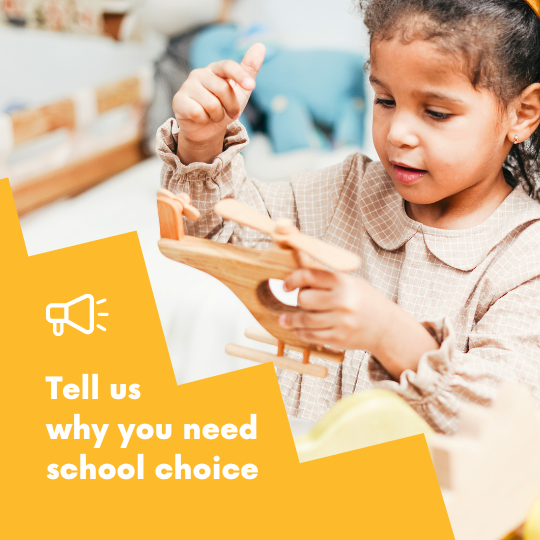Five years after COVID-19, it is obvious there are still lingering effects of school closure policy decisions, as achievement remains lower than pre-pandemic performance and long-term consequences have yet to be fully realized.
Perhaps what is less well-known, though, is that achievement was suffering declines pre-COVID. Until about a decade ago, Minnesota math scores were generally on the rise (2003-2013), with achievement gains on national math assessments broadly shared not only among higher-performing students but their lower-performing peers as well. Then scores started to fall, and achievement was further impacted by COVID-19 and school closure policy decisions (2013-2024).
It’s a tale of two eras, as Chad Aldeman with The 74 describes it. A look at Minnesota eighth-grade math performance, for example, which has links to long-term life outcomes, shows that from 2003-2013 lower-performing students’ scores on the National Assessment of Educational Progress (NAEP) increased four points. Average student scores also increased four points, with higher-performing student scores increasing nine points.
This growth happened despite education funding changes during this time period, which Education Minnesota, the teachers’ union, continues to claim are responsible for the state’s current education woes. Yet years of education spending increases since then have not meaningfully improved student outcomes or closed achievement gaps. Also passed during this time period was Q Comp, an alternative teacher professional pay system aimed at supporting and rewarding excellence in teaching.
From 2013-2024, NAEP scores for lower-performing students declined 17 points, average scores declined 13 points, and higher-performing scores declined 10 points.
The declines also include diverging achievement gaps between the highest performers (90th percentile) and lowest performers (10th percentile), continues Aldeman, which are being hidden by student average scores.
What’s behind the achievement declines? Not declines in education funding.
It would appear changing accountability pressures, for one, according to Aldeman. When then-President Barack Obama announced in 2012 that he was granting state waivers from the federal No Child Left Behind Act, he “waved away the notion that all schools needed to make ‘adequate yearly progress’ for all students and for individual student groups.”
Even though the No Child Left Behind Act wasn’t especially popular, schools were required to demonstrate their success in terms of the academic achievement of every student. Its accountability pressures resulted in “a decade-plus of small but significant gains” that while were “perhaps smaller than policymakers and educators might have preferred” were broadly shared, continues Aldeman.
When those school and district accountability pressures were relaxed by Obama, it set off “a decline in student performance across the country,” writes Aldeman. When the Every Student Succeeds Act was passed and then signed by Obama in 2015, “achievement scores had already begun to fall” and the “declines were uneven.”
Fast forward to today, and declining U.S. math performance is impacting the country’s international rankings.
This of course is just one example of policy impacts at the federal level. Decisions at the state level impact student achievement, too (such as examples noted above). For the second year in a row, majorities of Minnesota students are not meeting grade-level benchmarks in math, as measured by the state’s assessments.
With just a handful of weeks remaining this session, the Minnesota Legislature still has an opportunity to prioritize achievement-focused education initiatives so that the state’s public education system can fulfill its statutorily required mission of “ensur[ing] individual academic achievement.” The good news is that achievement growth is possible, and introducing a bottom-up approach to the system is one piece of refocusing K-12 education to this priority.
Minnesota, National Assessment of Educational Progress (2003-2013)

Minnesota, National Assessment of Educational Progress 2013-2024












![[downloaded during free trial]](https://oakmn.org/wp-content/uploads/2025/11/iStock-1430368205-120x86.jpg)

